Pest Updates
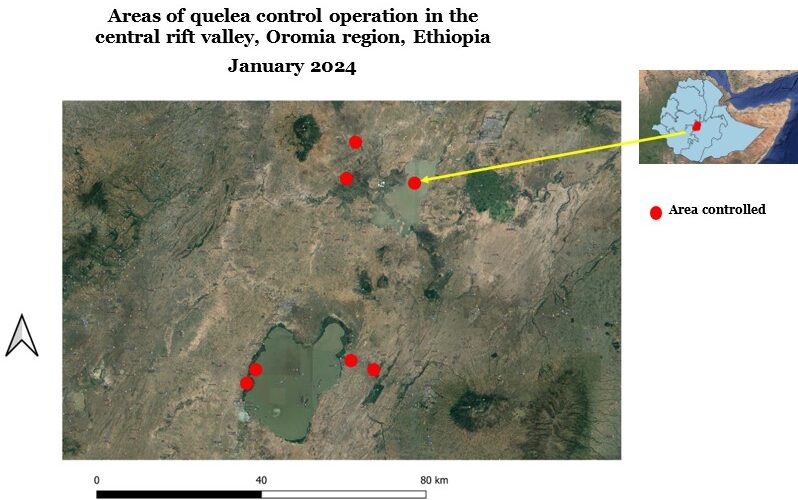
QUELEA BIRD CONTROL IN THE CENTRAL RIFT VALLEY, OROMIA REGION, ETHIOPIA January 2024
Quelea birds are one of the major crop pests that pose a huge risk to small grain crop farmers and cause pre-harvest losses in the eastern Africa region. Breeding, feeding and migration patterns have been changing over the years possibly due to climate change and expansion of irrigated farming in…
Desert Locust situation in Ethiopia September 3, 2023
Scattered and few solitary and very small groups of immature Desert Locust movement continued in August in Tigray, Amhara, Afar, Oromia, and Somali (Siti Zone) Administrative Regions and Dire Dawa rural villages. A ground survey was conducted on 621,105 in the North, Northeastern, and Eastern parts of the country by…
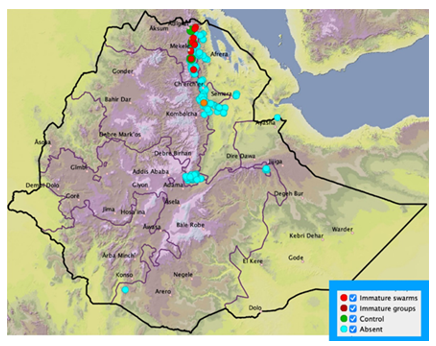
Update of Desert Locust situation August 23, 2023
The Desert locust situation was calm in the region except where numbers of immature groups, low-density adults persisted in some locations scattered solitary locust were seen Eritrea, Ethiopia, Somalia, and Sudan. Generally, control operations treated 1,192 ha, in Eritrea and A total of 849ha treated with 452 liters of ULV…

Quelea birds control operation in Ethiopia, December 2022
The Red–billed quelea is a small African weaver finch of the family Ploceidae, weighing about 20g. It is the most numerous and destructive bird pest of small seeded cereals in Sub-Saharan Africa. Quelea birds frequently form large breeding colonies or night roosts, with populations ranging from a few thousand to…
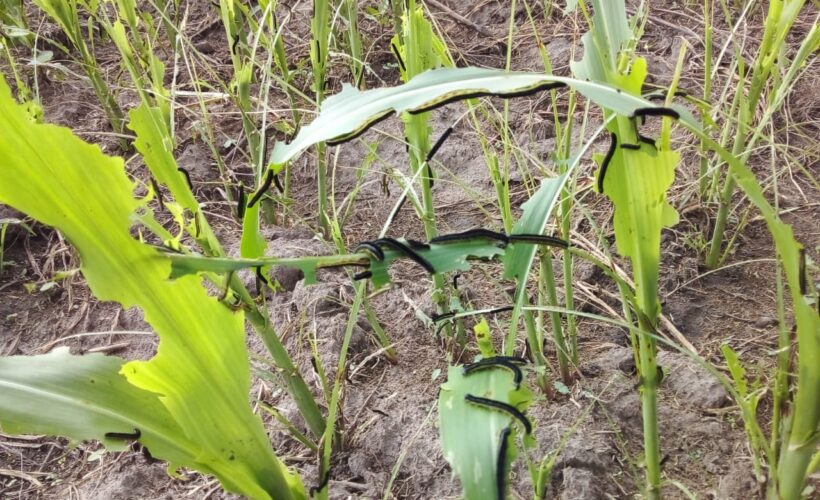
Invasion of African Armyworm in Uganda in 2022
Invasion of African Armyworm in Uganda in 2022. This devasted pasture and cereals in over 40 districts in Uganda.
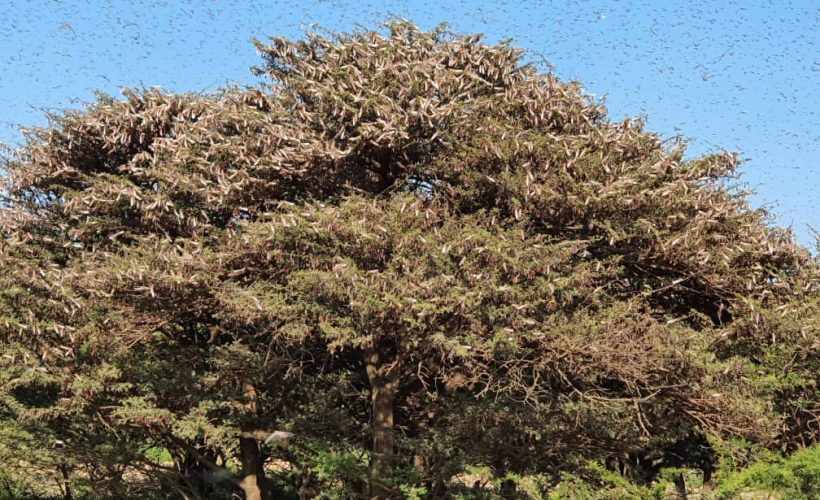
Desert Locust Update April 2020
Leaving aside the Desert Locust developments which have occurred between October 2019 and January 2020, the current situation in Kenya, southern, eastern and southwestern Ethiopia and Somalia still remains alarming to our region. Even though intensive ground and aerial control operations are progressing in many locations in Kenya and Ethiopia…
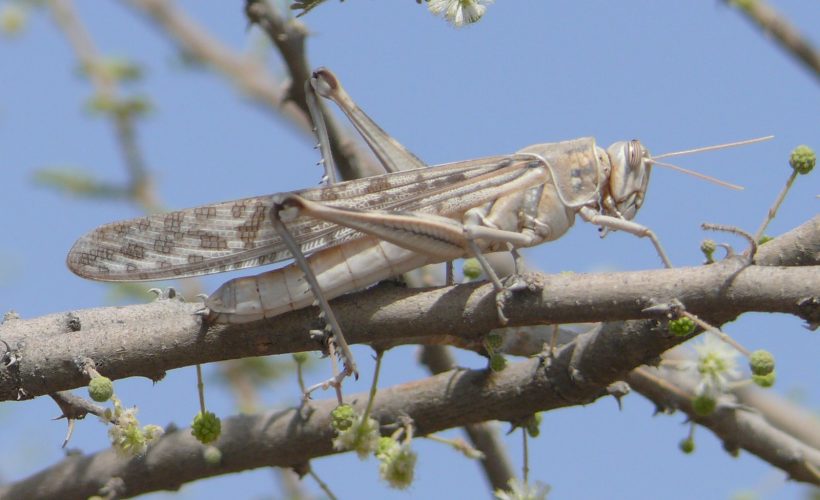
Development of Desert Locust Swarms in Kenya
Despite the intensive ground and aerial control operations in Samburu, Marsabit, Isiolo, Turkana and other Counties, fledging and development of several large and dense immature swarms are continuing. Ground teams are using all means of control equipment including vehicle mounted sprayers, while several survey helicopters and spray aircraft are also…
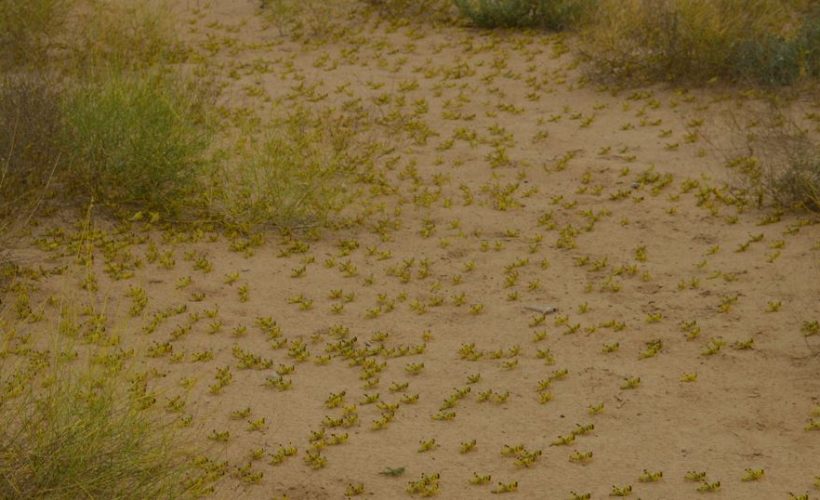
Desert Locust Situation Update
The current situation in East Africa remains extremely alarming as hopper bands and an increasing number of new swarms are forming in Kenya, southern Ethiopia and Somalia. This represents an unprecedented threat to food security and livelihoods because it coincides with the beginning of the long rains and the planting…
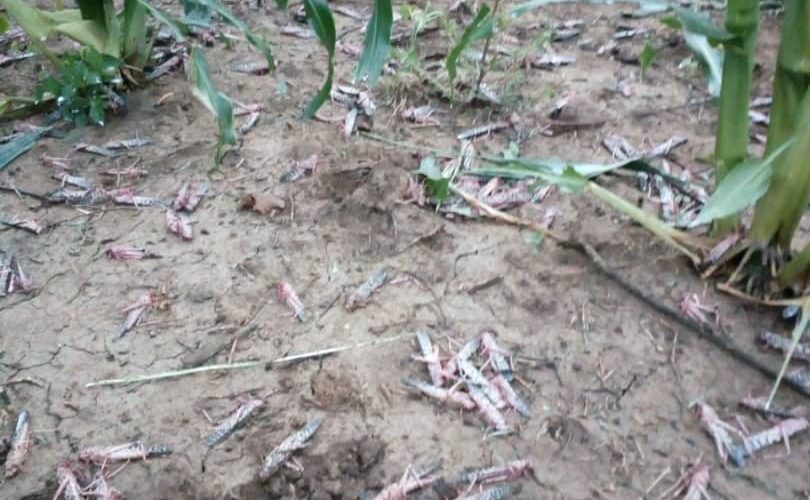
New Desert Locust Swarms in Uganda
Uganda has been hit by a second wave of Desert Locust swarms which entered the Country from Turkana County of Kenya on 3rd April 2020 via Amudati District in Karamoja Region. The new swarms are reported to be mixture of mature and immature adults which are causing considerable damage to…
